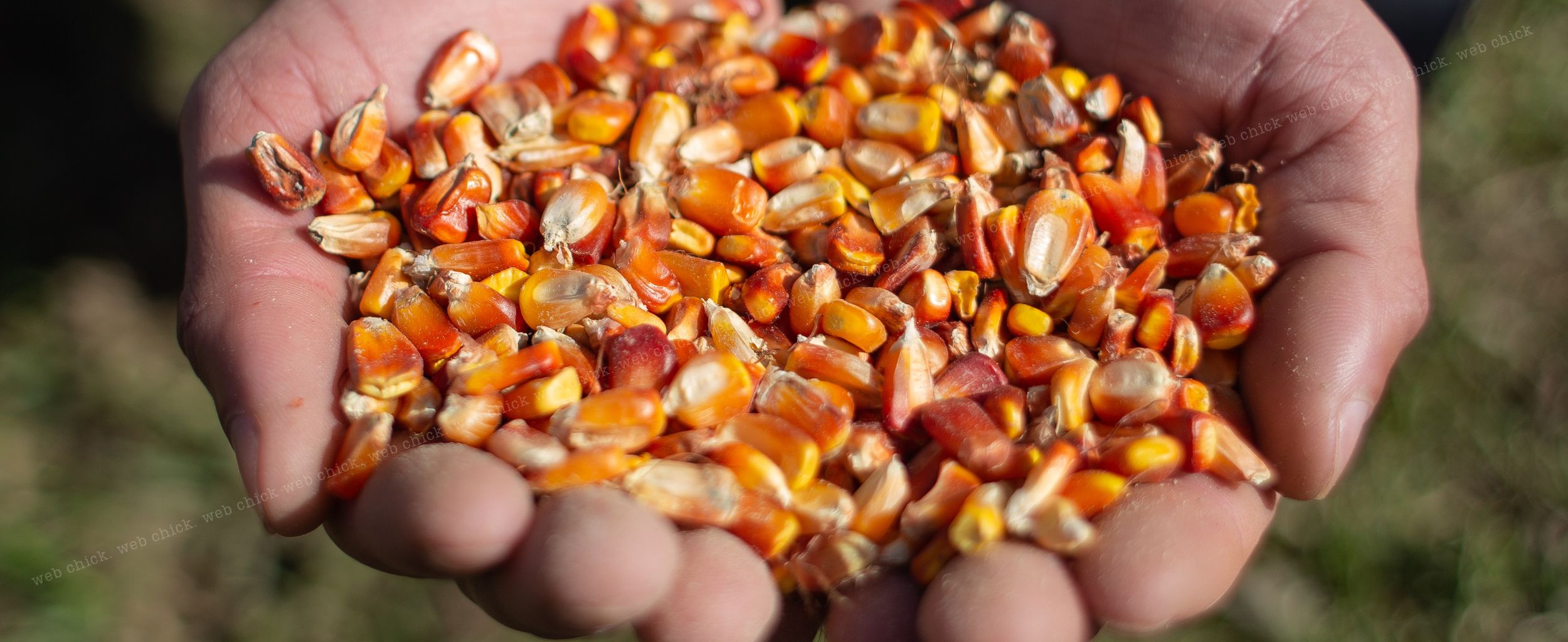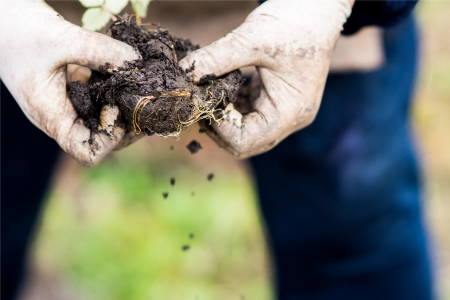Soil Security

Recently (January 2023), Derpsch and seven other world soil scientist (Including retired Don Reicosky, USDA-ARS) wrote about declining soil productivity worldwide. These are their direct findings. Life on earth has been sustained for 3.8 billion years due to life supporting “natural laws”. Humans have tilled the soil for more than 10,000 years. These scientist found that most tillage operations are short terms solutions but create long term problems. Most of our soil problems are the result of tillage and trying to correct those problems, but it only gets worse, not better with more tillage. A landmark study in 1995 by Pimmental and others, discovered that almost 1 Billion acres of farmable land or one-third the world’s farmable acreage had been lost to erosion. More than 95% of our food originates from soil and when soils degrade it threatens human survival. Derpsch and others (2006) outlined the negative effects of tillage. They include loss of soil organic matter (SOM) which h...



